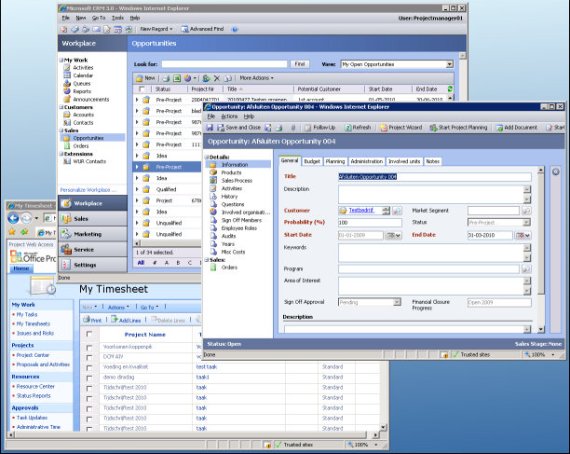Kameleon is supposed to simplify project administration and keep managers better informed about the financial prospects of the institutes. These were the objectives when the first trial of the administration system started in 2007 at Food & Biobased Research. Prior to this, technical personnel had already worked for two years to customize the system. ‘It will take a few years before it works perfectly and we’re sure to be confronted with problems in due course,’ said executive board member Tijs Breukink at the start. Those words turned out to be prophetic. Five years down the road – two weeks ago – the executive board decided to give up implementing Kameleon. Meanwhile, five institutes are using it; Plant Research International and Alterra were the only ones left who had yet to implement it. The five institutes will use Kameleon up to the end of the current financial year and then switch to Altiplano, the management system which Alterra has been using for ten years. ‘This is a safe choice,’ says Gerard Nieuwenhuis, project manager of Kameleon. Kameleon has become too complex, says Nieuwenhuis. It consists of two applications from Microsoft: CRM and Projectserver. ICT personnel from Wageningen UR have taken years to customize the applications to the WUR organization and to make a good interface between both systems. Last year, Microsoft introduced a new version of Projectserver. To incorporate that as well, ICT would have to start customizing the system and the interface all over again. That was when the point was driven home: with each update, too much time and risk would be involved to make the complex administration system stable again. Although its name suggests otherwise, Kameleon does not appear to be easily adaptable to the WUR environment. A multitude of teething problems cropped up during tests in the institutes. And many of these problems still remain, says Hans Bothe of Wageningen Imares, which in 2009 was the first of the institutes to implement Kameloen. ‘There were always problems, but we had to give the system time to adjust. The cooperation with the ICT department has always been good, though. But we never got the promised product.’ But not everyone heaves a sigh of relief now that Kameleon will come to an end. The financial departments of the institutes have worked well with it, and one institute – in this case, Rikilt – has more positive feedback than another – LEI. ‘Some users are pleased that we are stopping; others are disappointed,’ says Nieuwenhuis. Except for Alterra, all the institutes will soon have to learn to use another system again: Altiplano. ‘This is less sophisticated than Kameleon,’ says Nieuwenhuis, ‘but Alterra has been using it for ten years. It has been tried and tested by ICT, is stable and 100 % custom-made, so we can decide ourselves when to have a system update.’
No more Kameleon
Wageningen UR will stop using Kameleon, the project management system in DLO. Applying this Microsoft system to the DLO organization in the last seven years has proven to be too complex.

